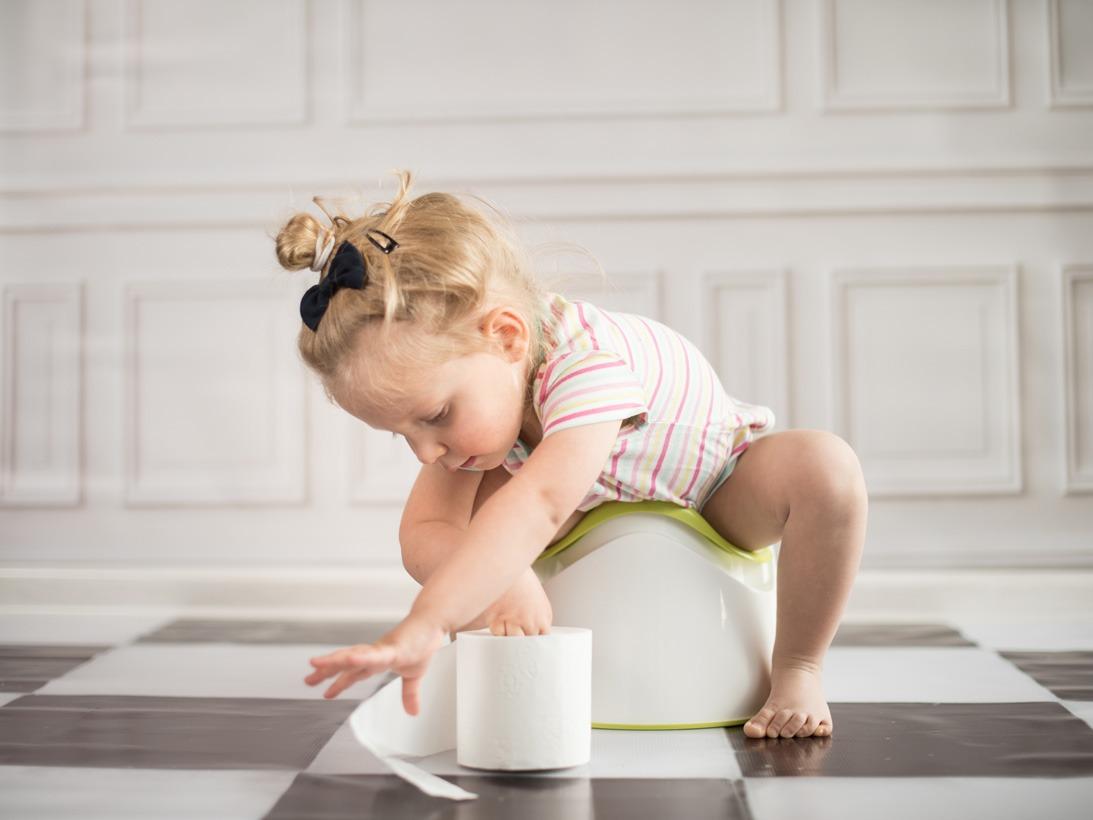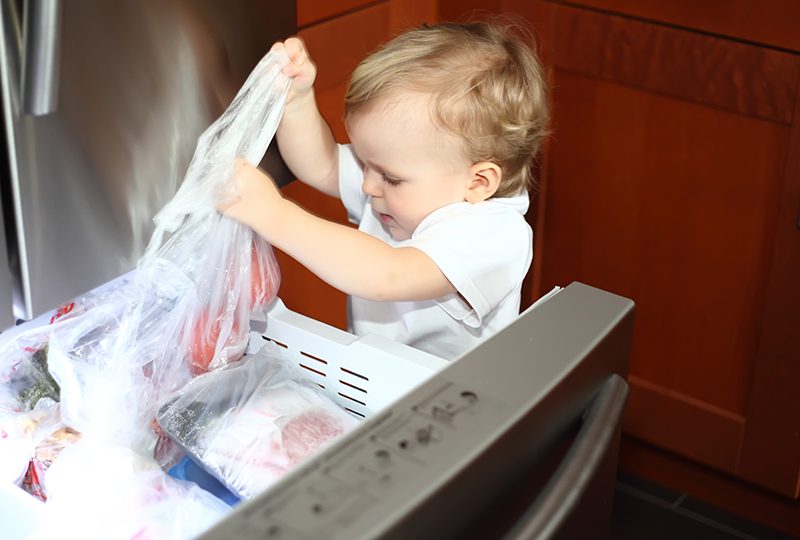
Prepped for Potty Time
By Sara Marchessault
When it’s time to potty train many parents learn the hard way that it’s not nearly as cute as when their toddler takes a step, not as endearing as the first time they hear “Mama”, and nowhere near as adorable as the first wave. It can be messy, exhausting, and downright hard to keep your cool when it’s time to start the potty training process.
Why is potty training so difficult sometimes?
The answer may lie in when we choose to potty train our children. Mary Mangan, child care professional says “many parents feel pressured to have their child potty-trained by a certain age, or even earlier than their peers. What is meant to be part of natural development has become unnaturally competitive. Children are innately able to read emotions and attitudes of their parents, and this added pressure typically does the opposite of what is desired; the stress prolongs the process. Potty-training in an encouraging, deadline-free manner will reduce a child’s stress and even future accidents.”
It’s up to us as parents to prepare our child for potty training by providing a calm, safe experience. It doesn’t pay for us to get too excited before potty time or to put too much pressure on our child to perform. To help create the right atmosphere, consider staging an activity that takes place at potty time. The activity can be the focus and it just so happens that while this activity is taking place, your child is sitting on the potty. Here are a few ideas to try:
Easy Art with Recycled Paper.
Hang a page from a large drawing pad on the bathroom wall near the potty. Provide stickers, crayons, or markers, and see what your trainer can create while sitting on the potty. Other options are handheld chalkboards, window crayons on a mirror or window, or even an Etch-a-sketch. Of course, stay close by so none of your supplies end up in the potty.
Use a Timer. Provide your child with a basic kitchen timer and let them decorate it with stickers or even paint. This gives them a sense of ownership for their special “toilet timer.” Choose a pre-set length of time to spend in the bathroom and explain that when the timer goes off, it will be time to get up from the potty. Fill that time with songs or a word game. When the timer goes off, if the deed isn’t done, get up and try again in a few minutes –set the timer to remind you when to head back to the potty. Parents need reminders too, right?
“I Spy.” This is an oldie but goodie.
Choose an object in the room, such as the toilet paper and say “I spy something white” and let your child guess. Follow up with different clues if they don’t guess it right away: “I spy something white and shaped like a circle.” I Spy can be played at almost any age and is a great way to distract them from the task at hand and build vocabulary at the same time. If I Spy is effective, consider stocking the shelves with an ever-changing parade of interesting objects. It could even be a seasonal shelf in the bathroom to keep up with what’s going on outside the realm of the toilet.
Foam Letters in a Bag. Fill a canvas bag with foam alphabet letters (found with the bath toys at most department stores) and play a game. You could have your child pull out a letter randomly and identify the letter, sound, words that start with that letter, or if that letter appears in his or her name. For a child who’s really familiar with the letters, have them put their hand in the bag and guess the letter by the way it feels.
Run the Water.
It sounds obvious, but sometimes as parents we forget the things that worked for us. Turn on the sink. Or try the tub. Or the shower. Experiment. Turn on the water and take the focus off your child for a moment while you occupy yourself with something else. Notice if taking your attention away helps your child relax.
Audio Book.
You can purchase books that come with an accompanying audio recording of someone reading the story or you could create your own recording. Take a look on your smartphone for apps that offer children’s books audios and you’ll be ready anytime, anywhere
Get Ready to Share.
“Children learn to speak, move, and act by modeling their parents,” says Mangan. Kids are often going to want to be “like Mommy” or “like Daddy.” Mangan suggests that when we model using the bathroom for them and talk with them about what we are doing, we help them overcome fears and doubts and they become more familiar with the process of using the toilet rather than diapers.
Keep in mind that everyone you know learned how to use the potty at some point. Don’t be afraid to experiment with many ideas until you find a combination of techniques that work for your child. Taking a step back from the potty training process and preparing activities that make the time more inviting can help your son or daughter feel more comfortable on the toilet. With your loving support and attention, your kids will master the potty.
Sara Marchessault (marsha-so) is a mother of two, an author, teacher, and journal designer. Learn more about what she does at www.saramarchessault.com.





